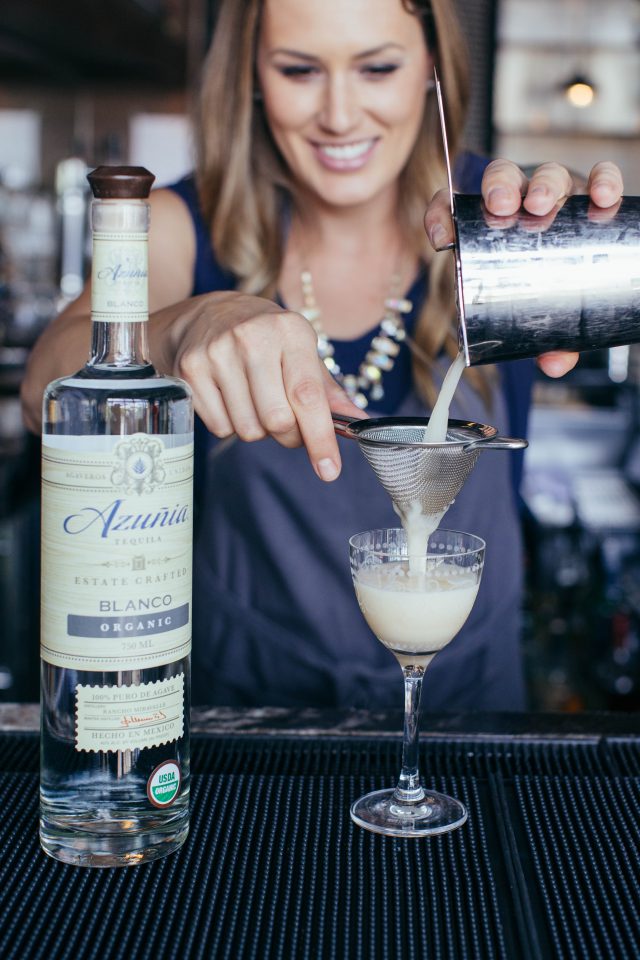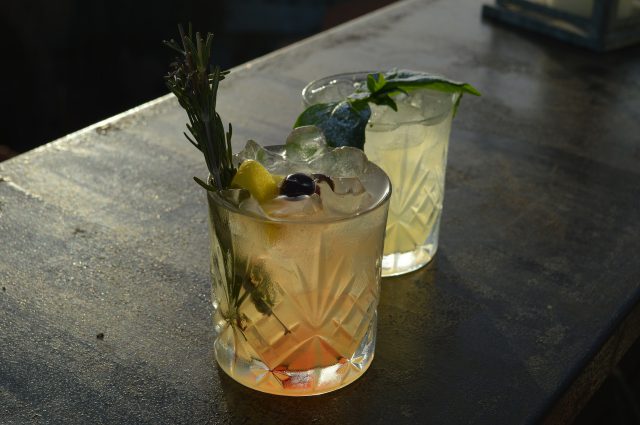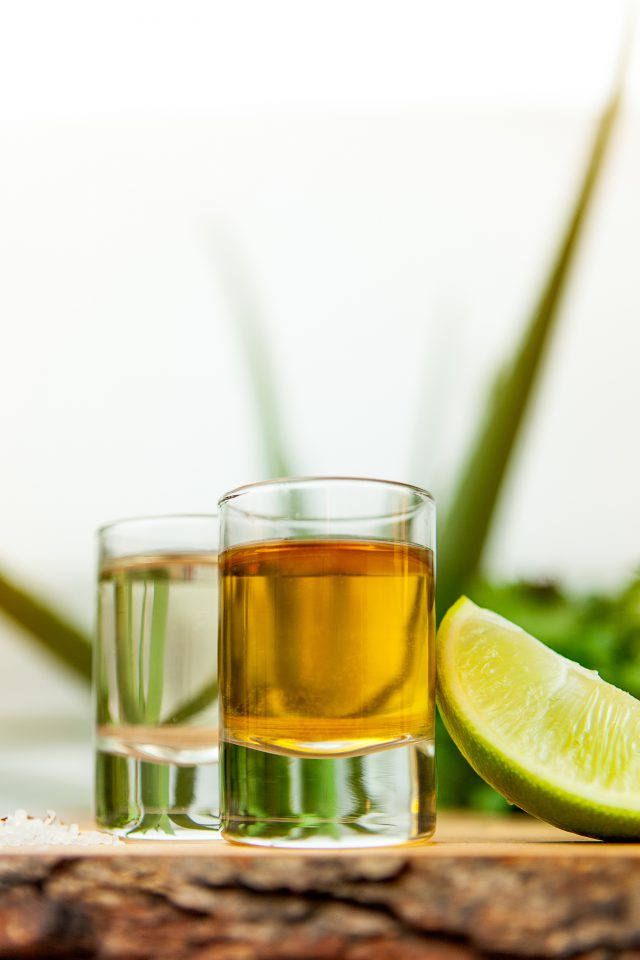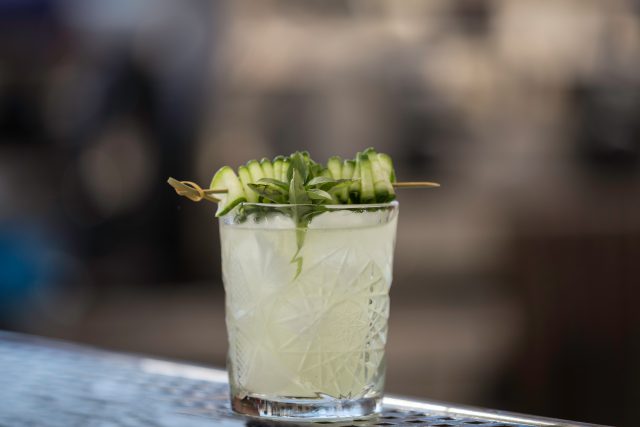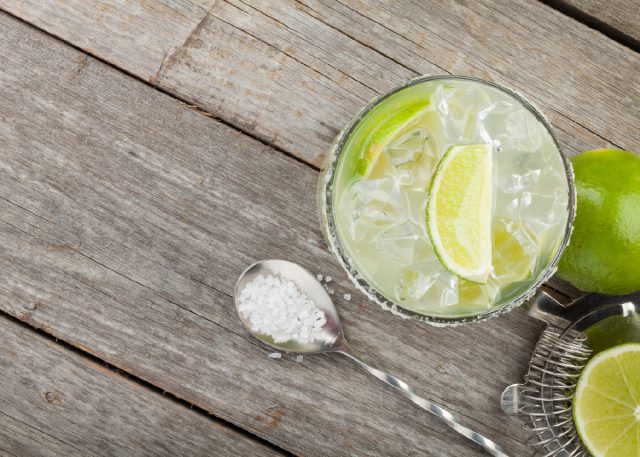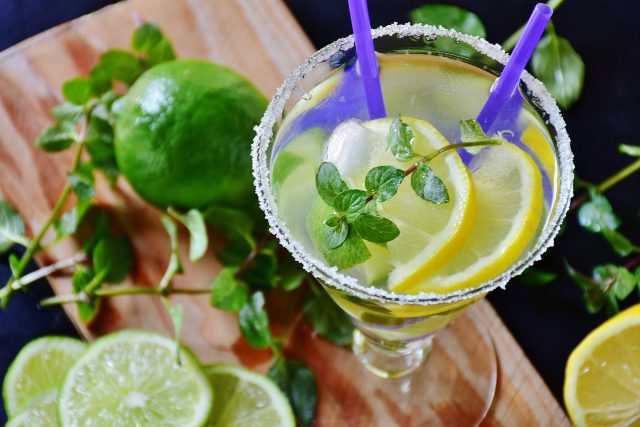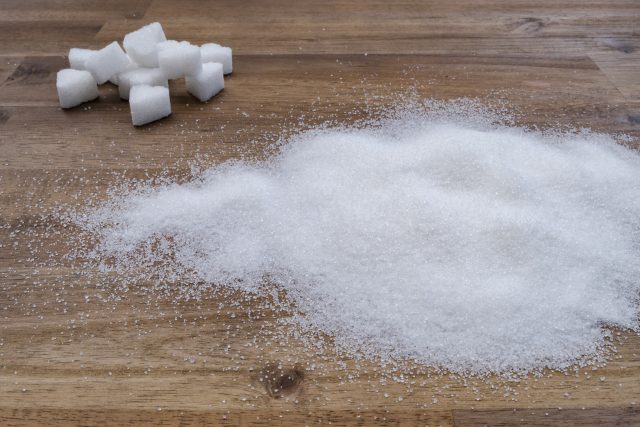Awhile back, we wrote about the history of margaritas and learned how confusing and downright scandalous that history is. After that post, one of our very favorite people (a tequila lover indeed) asked what they believed to be a silly question about how to make a margarita. There’s no such thing as a “stupid question,” in fact; this one got us thinking.
Maybe other people had questions about how to make a margarita that they wanted to ask but didn’t know how. Or who to ask. So we threw it out to you to “Ask An Expert” about how to make a margarita. We got some great questions. And some not so great ones. But we won’t name any names, because after all, there are no stupid questions.
The best of the bunch and the brilliant answers from our expert follow.
With so many variations out there now (blood orange, mango jalapeño, etc.), can you clarify how to make a margarita a “margarita”? Confused About the Definition of “Margarita” – Del Mar, CA
By definition, an original margarita contains 3 ingredients – tequila, Cointreau (or Triple Sec), and lime juice – poured into a glass with a salted rim. That’s it in its simplest, least complicated form. However, these ingredients not only create an easily balanced cocktail, but they also stand as the base to a “not so simple” cocktail. Using this base and adding blood orange juice, muddled jalapeño or any other flavor your heart and tastebuds desire, expands the cocktail but the base remains a “margarita.”
Whether it’s the master mixologist at your go-to hotspot or your best friend shaking up tequila cocktails on a Friday night, if the base includes tequila, Cointreau, and lime juice, and the glass rim is salty, then what you’re drinking is a variation of a classic margarita. And in our expert opinion, much like artistic license, a bartender has the permission to name it so. Like the mastermind of the Coco Mango Margarita. It’s more tropical-frozen-paradise-party-in-a-glass than margarita, but we still call it a “margarita.”
If I am making delicious Azuñia margaritas and someone says (usually dramatically) “oh no! I had some bad experiences with tequila in college!” What do I say to them? (After I’m done slapping them for being so rude, of course.) Looking for Answers – Portland, OR
We certainly don’t condone slapping anyone, but we do appreciate your passion for tequila. When it comes to “how to make a margarita” we, too, are passionate about educating people on everything from the recipe to the bad rap that tequila gets. To be honest, the tequila that people got sick on in their early 20s was most likely low-quality and probably not 100% Blue Weber Agave.
Thirty years ago, mass-produced tequilas were primarily mixtos – 51% agave and 49% other sugars. It’s the sugars that make people sick. Well, that and the copious amounts and speed with which it can be consumed. Our expert advice is to batch Cucumber Cilantro Margs for your friend, so he or she can savor the flavor and experience of a hand-crafted tequila cocktail.
I’ve always wanted to know if I should use lime juice or water before I salt the rim of the glass? Salty and Juicy – San Francisco, CA
That’s an easy one to answer because there’s no fact or science to it. What tastes better to you? Some people prefer the tart lime and salt combo as they sip their margarita. Some want to go full throttle – salt, salt, salt. In which case, a dip in water and then a twist of salt is the way to go. To get super fancy, use a contrasting or complementary juice (think orange juice for a blood orange margarita) to adhere the salt to the glass. Some margaritas recipes even rim the glass with sugar AND salt. That’s one we have to put on our list to try! Like we’ve mentioned before, you are the one mixing the cocktail, and you get some ownership over how to make a margarita.
What’s in an original margarita? Simplicity Reigns – Detroit, MI
We’re so glad you inquired about the “Original Margarita.” The history might be a bit convoluted, and the recipe differs slightly depending on who is printing it. Originally, it was called a Picador cocktail as printed in Cafe Royal Cocktail Book from London. It’s a version of a Daisy (Spanish for “Daisy”) and is a riff on classic drinks like the Sidecar and White Lady.
According to the International Bartending Association, the standard margarita is 50% Blanco tequila, 29% Cointreau orange liqueur, and 21% fresh lime juice. Nice of them to put the ratios in easy to understand percentages. For ease and simplicity, we suggest translating those percentages into a 2:1:1 ratio. 2 ounces tequila, 1 ounce of Cointreau, and 1 ounce of fresh lime juice. And shake.
Why are limes preferred to lemons in margaritas? Citrus Challenged – Austin, TX
Limes are the preferred fresh citrus mixer for margaritas for one reason – that’s how it’s always been done. No matter what you believe is the history of the classic cocktail, when it comes to how to make a margarita, lime is the chosen one. Just because the majority of the recipes, including the Original Margarita, use lime, doesn’t mean that you can’t use lemons. In fact, we love lemons. We dare you to try swapping the lime for lemon in your favorite margarita recipe. Let us know what you think.
Sometimes the sweet and sour mix is just way too sweet. Short of doing a skinny margarita, is there a middle ground? Sweet and Sour – Las Vegas, NV
If you only take away 1 thing from this post, take away this: there are always options when it comes to how to make margaritas. Heck, we can’t even agree on the first margarita recipe, so why would we limit ourselves to just one method for our current day libations. We are huge fans of using agave syrup in margaritas. It’s not as sugary or as processed as a store bought sweet and sour mix. It makes a darn good margarita.
Or make your own sweet and sour mix. Adjust the sugar to fit your taste or experiment using raw or turbinado sugar that is less refined and has a more in-depth, less sugary taste.
I understand there are 3 types of tequila (reposado, añejo, and blanco). What are the differences, and would you use a different type for different types of margaritas (plain, fruity, less sweet)? Tres Amigos – Phoenix, AZ
Trust the experts and your taste buds when you experiment with how to make a margarita. Recipes will guide you to the profile that best complements the flavors of the cocktail. Azuñia Blanco organic tequila has a bright floral nose with a clean agave and citrus taste. A margarita made with Blanco will let the mixers speak for themselves.
Making a margarita with Azuñia Reposado organic tequila adds a bit of depth and woodiness to the margarita recipe. We encourage experimentation. Take your favorite recipe and swap out the Repo for the Blanco. Do you taste a difference? By all means, we don’t recommend the Azuñia Añejo or Azuñia Black, 2-year extra-aged Añejo for mixing margaritas. We encourage you to leave that taste sensation for sipping, or as a replacement for classic non-tequila cocktails, like a Latin Manhattan, Old Fashioned or Negroni.
So what’s the real deal with skinny margaritas? Think Thin – Encinitas, CA
That’s the question we all want to know. Are “skinny margaritas” really that much better for you than their full-caloried counterparts. Of course, they are. Because we’re responsible, we must point out that alcohol of any kind has calories and carbs. It’s not healthy by any stretch of the imagination, but a skinny margarita can be healthier. One way to cut the calories of a traditional margarita is to cut out the sugary mixes, opt for less liquor, and always use fresh fruit juice.
Dieticians we are not, so please, do your own nutritional fact-checking on your chosen recipe. We do know that making a Skinny Margarita can save a couple to a few hundred calories as long as you stick to the right ingredients and ratios.
The expert has answered
We hope that you have all the answers to your margarita-related questions. If there’s anything that we didn’t cover, or if you didn’t get your hand up (or question in) on time, you can always send us an email or DM us on social. We love to brag about our products, recipes, and overall tequila expertness.
Want to connect on a more personal level?! You can find Team Azuñia on Facebook, Instagram, Pinterest, and Twitter!

